Birds might have brain sizes comparable to walnuts, yet when it comes to communication, they often outshine even the most seasoned married couples. You might find it surprising to learn that those feathered creatures you see on your morning walk have developed intricate ways to get their messages across. Let’s dive into how these avian experts handle interaction, negotiation, and sometimes, even conflict resolution.
1. They Start Their Morning With A Duet
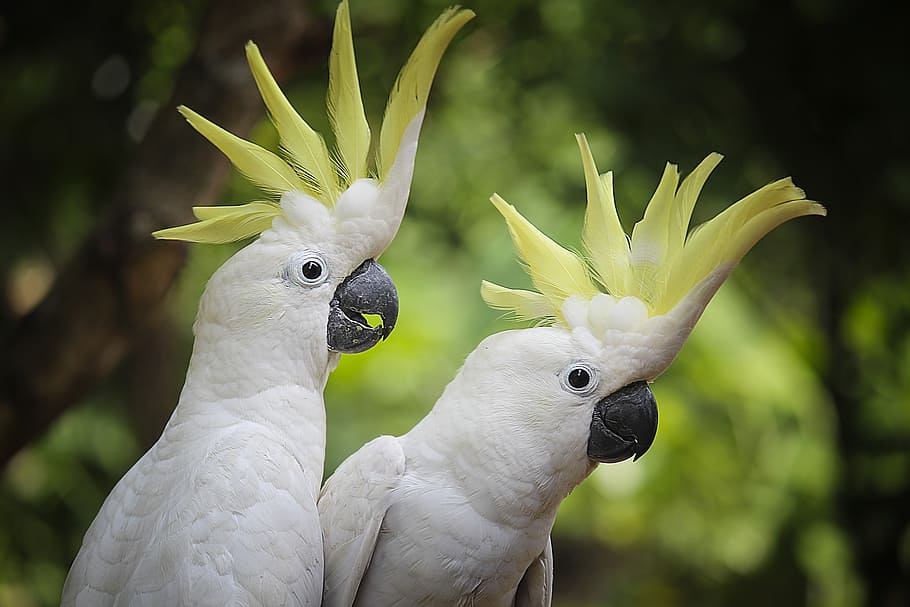
Birds often start their day with a song, but it’s not just a morning ritual; it’s a duet with a purpose. A study by Dr. Sandra Vehrencamp from Cornell University found that many bird species use songs to negotiate territory and strengthen pair bonds. Imagine starting your day by discussing your plans and goals with your partner rather than tripping over each other’s words in a rushed morning routine. These morning duets serve as a reminder that communication is key to maintaining harmony.
While human couples might struggle to coordinate their morning schedules, birds manage to synchronize their songs perfectly. They don’t just sing over each other but rather blend their voices in a harmonious exchange. This unity in communication often results in a more synchronized partnership overall. The next time you and your partner are running late, consider taking a cue from the birds and start with a song or just a simple shared moment of connection.
2. They Give Clear Nonverbal Cues
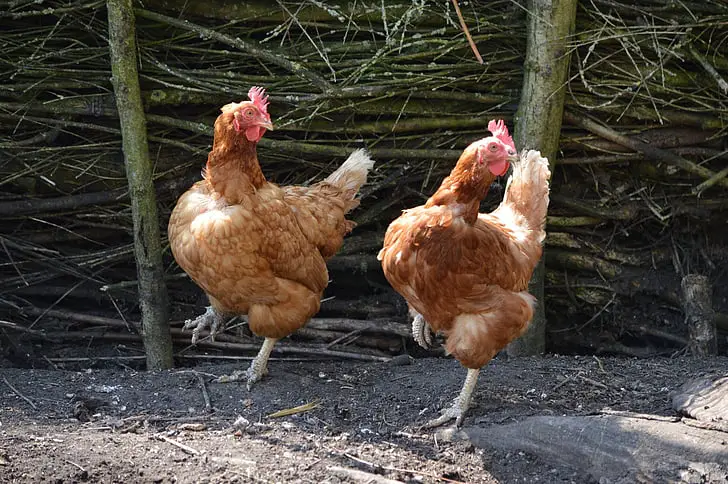
Birds have mastered the art of nonverbal communication through body language and gestures. A puffed-up chest or a swiftly flicked tail can convey a wealth of information about a bird’s mood or intentions. In contrast, many couples struggle to pick up on each other’s subtle cues, leading to misunderstandings. By paying attention to these quiet signals, birds avoid conflicts and maintain a balanced relationship.
For humans, reading nonverbal cues can sometimes feel like deciphering a secret code. Yet, it’s often these unspoken signals that carry the most weight in communication. When you become more attuned to your partner’s body language, you might find yourself understanding their needs and feelings without a single word being exchanged. Taking a lesson from birds and honing your skill in reading these cues can improve your interactions at home.
3. They Have Effective Vocalization

Birds use a range of vocalizations to express different needs, from calls for food to warnings about predators. This variety allows them to convey their message clearly and effectively in various situations. Research by ornithologist Dr. David Attenborough highlights how some birds even alter their pitch and rhythm to ensure their message is heard over noise. Imagine if couples could switch up their communication styles to suit different environments, avoiding misunderstandings altogether.
In relationships, using varied tones and words can help deliver your thoughts more effectively, just like birds, human communication benefits from adapting to the context and the listener’s mood. A calm tone can defuse tension, while a lively pitch might express enthusiasm or excitement. By adjusting your vocal style, you could significantly enhance your communication efficiency.
4. They Engage In Team Foraging

Birds often work together when searching for food, demonstrating seamless cooperation. While one bird serves as the lookout, the other focuses on finding sustenance. This kind of teamwork requires trust and open communication, with both parties understanding their roles. In human relationships, tackling tasks together with clear roles can create a sense of unity and shared purpose.
Teamwork in foraging isn’t just about finding food; it’s about ensuring survival and thriving as a pair. When couples apply this principle to their daily lives, it can lead to more efficient problem-solving and a stronger bond. Whether it’s managing household chores or financial planning, working together with clear communication can produce satisfying results. Taking a page from the birds’ playbook, collaborating effectively can transform even the most mundane tasks into opportunities for growth.
5. They Build Their Nest Together
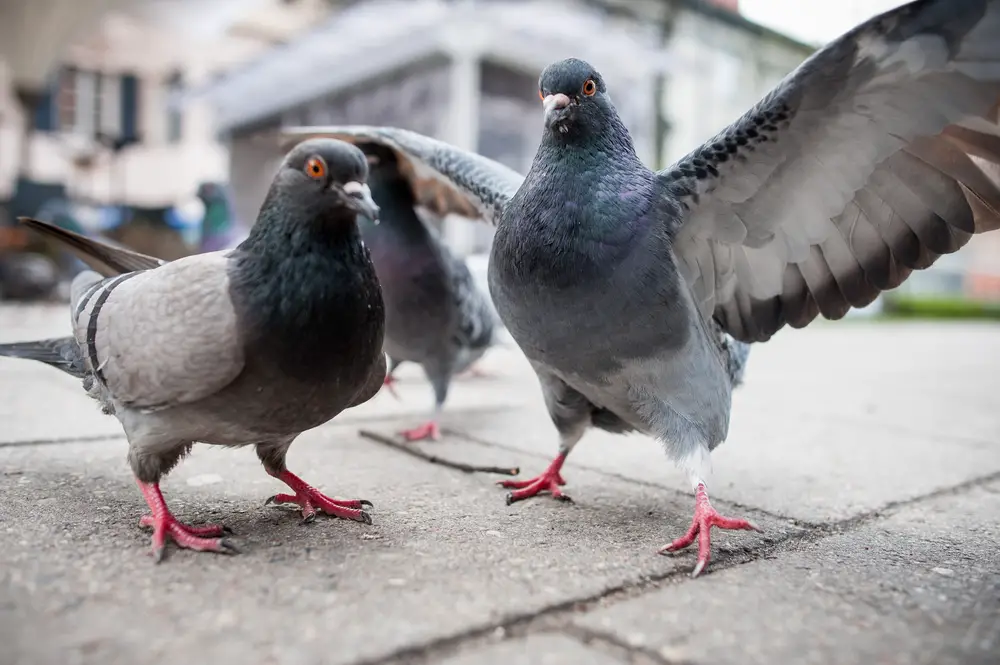
Bird couples excel at constructing their homes, coordinating every step with precision and care. Their communication during nest-building ensures that the structure is secure and suitable for raising their young. According to a study by Dr. John Marzluff from the University of Washington, this cooperation is crucial for the survival of their species. Human couples often find themselves bickering over home projects, but taking a cue from birds could lead to more harmonious collaborations.
When building a nest, birds divide the labor and capitalize on each partner’s strengths. This division of work ensures efficiency and reduces stress, a lesson that can easily be applied to human relationships. Couples who communicate openly about their roles and responsibilities often find that projects run more smoothly. Learning to coordinate and trust each other’s abilities can make joint endeavors more rewarding.
6. They Resolve Conflict Easily
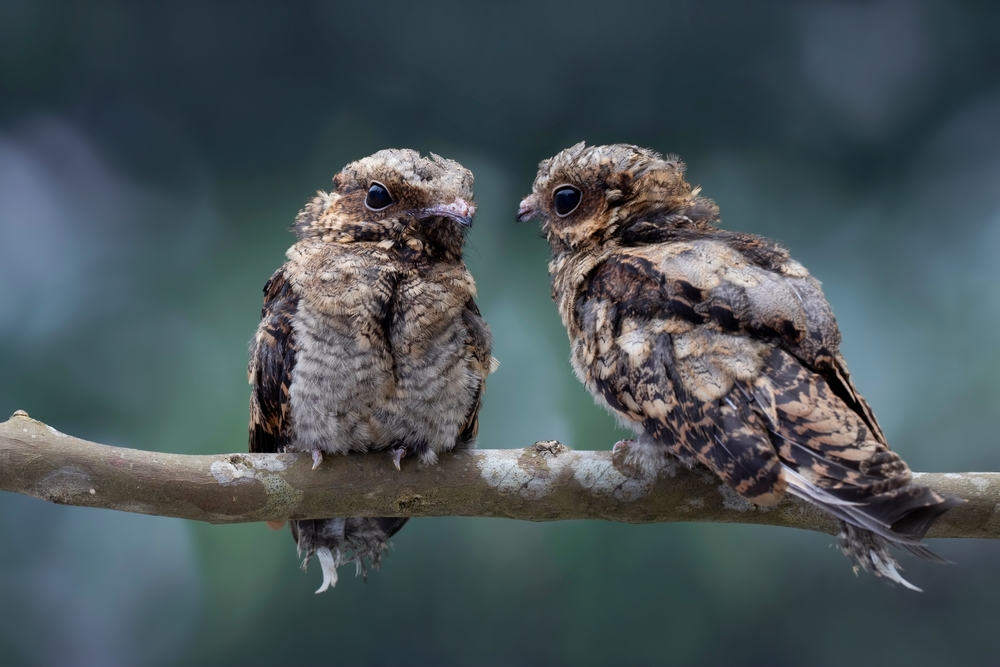
Birds have developed subtle ways to resolve conflicts and avoid unnecessary fights. They use songs, displays, and gestures to convey dissatisfaction, allowing for smooth resolution before things escalate. Human couples frequently let conflicts fester, leading to bigger arguments down the line. By addressing issues early and calmly, birds maintain peace and stability in their relationships.
Resolving conflict is as much about timing as it is about communication. Birds demonstrate that addressing an issue promptly can prevent it from becoming a larger problem. For couples, this means tackling disagreements with honesty and respect as soon as they arise. Taking a lesson from our avian friends, being proactive in conflict resolution can lead to a more harmonious relationship.
7. They Adapt To The Seasons

Birds adapt their communication styles to the changing seasons, ensuring they meet their needs year-round. During the breeding season, for example, their vocalizations become more intricate to attract mates and defend territories. Research by Dr. Bridget Stutchbury from York University confirms that this seasonal adaptation helps birds thrive in various environments. In contrast, couples often fall into communication ruts, failing to adapt to life’s changes.
Just as birds adjust their interactions based on the season, couples can benefit from adapting their communication to life’s shifting circumstances. Whether it’s adjusting to a new job, welcoming a child, or moving to a new city, being flexible in how you communicate can ease transitions. By embracing change and altering your approach as needed, you can maintain a strong, resilient partnership. Let birds remind you that adaptability is a crucial component of effective communication.
8. They’ve Mastered Long-Distance Communication
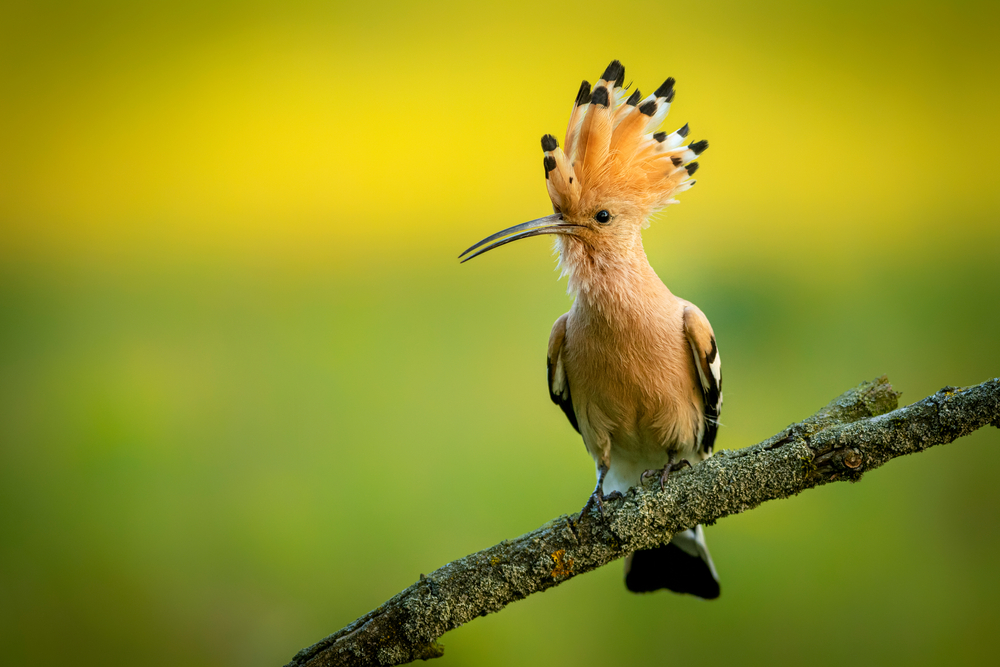
Many bird species migrate over vast distances, yet they manage to maintain connections with their partners. Their ability to communicate over long distances is a testament to their resilience and commitment. For couples navigating long-distance relationships, maintaining a sense of connection can be challenging. Birds remind us that with effort and creativity, distance doesn’t have to be a barrier to communication.
Birds use a combination of calls and innate instincts to stay in touch with their mates during migration. For human couples, this might translate to regular phone calls, video chats, or thoughtful letters to bridge the gap. Staying connected requires dedication and a willingness to adapt to new forms of communication. Emulating birds, couples can find ways to maintain their bond despite the miles that separate them.
9. They’re Excellent At Mimicry And Learning
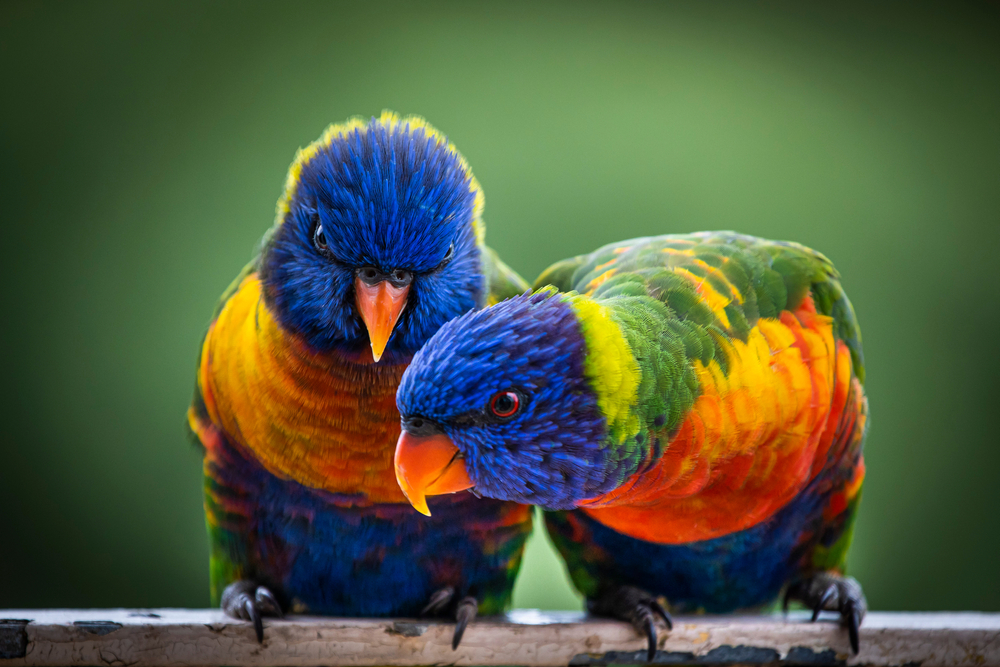
Some birds are excellent mimics, capable of learning and replicating the sounds they hear in their environment. This skill helps them integrate into new groups and environments, showcasing their adaptability. In human relationships, being open to learning new communication techniques can enhance understanding and connection. By imitating successful communication patterns, couples can grow and strengthen their relationship.
Learning from others is a powerful way to improve how you communicate with your partner. Like birds that mimic their surroundings, couples can adopt effective communication strategies from those around them. Whether it’s advice from a mentor or insights from a trusted friend, learning new techniques can offer fresh perspectives. Embracing mimicry as a tool for growth can lead to more meaningful interactions.
10. They Engage In Ritualized Displays
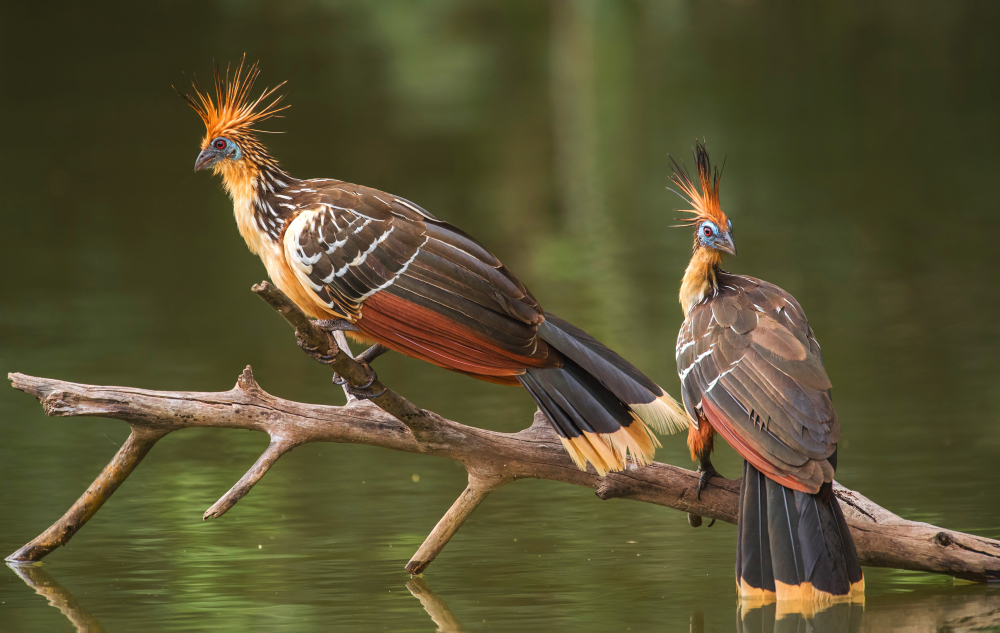
Birds often engage in elaborate courtship displays to communicate interest and affection. These rituals are designed to capture attention and convey serious intent, laying the foundation for a long-term bond. Human couples can benefit from incorporating similar rituals into their relationships to show appreciation and commitment. Simple gestures, like a shared routine or a special date night, can reinforce bonds and keep the relationship vibrant.
Ritualized displays are not just for show; they play a crucial role in maintaining the pair’s connection. For humans, creating and maintaining rituals can provide stability and predictability, essential components of a strong partnership. Whether it’s a weekly dinner or a yearly getaway, these rituals serve as reminders of shared commitment. Inspired by birds, couples can use these intentional acts to keep the spark alive.
11. They Defend Their Territory

Birds use territorial signals to mark and defend their space, ensuring safety and harmony in their environment. These signals are clear, consistent, and understood by other birds, minimizing conflicts. Couples can adopt this strategy by setting healthy boundaries and respecting each other’s personal space. Clear communication about needs and limits can prevent misunderstandings and foster a more respectful relationship.
Establishing territorial signals is about creating a sense of security and respect. In human relationships, this might mean having open discussions about boundaries and personal space. By clearly communicating these needs, couples can avoid potential conflicts and misunderstandings. Learning from birds, couples can ensure their relationship remains balanced and respectful.
12. They Give Off Alarm Calls

Birds use alarm calls to alert their partners to potential danger, acting as an early warning system. These calls are crucial for the safety of the pair, ensuring they can respond quickly to threats. In relationships, being attentive to each other’s concerns and offering support can serve a similar purpose. By paying attention to your partner’s “alarm calls,” you can work together to address challenges effectively.
Alarm calls are not just about survival; they’re about fostering trust and cooperation. For couples, acknowledging and responding to these calls can strengthen the relationship. By being proactive and attentive, partners can navigate difficulties together and emerge stronger. Listening to your partner’s concerns and acting together can make all the difference in overcoming obstacles.
13. They’re Cooperative Parents
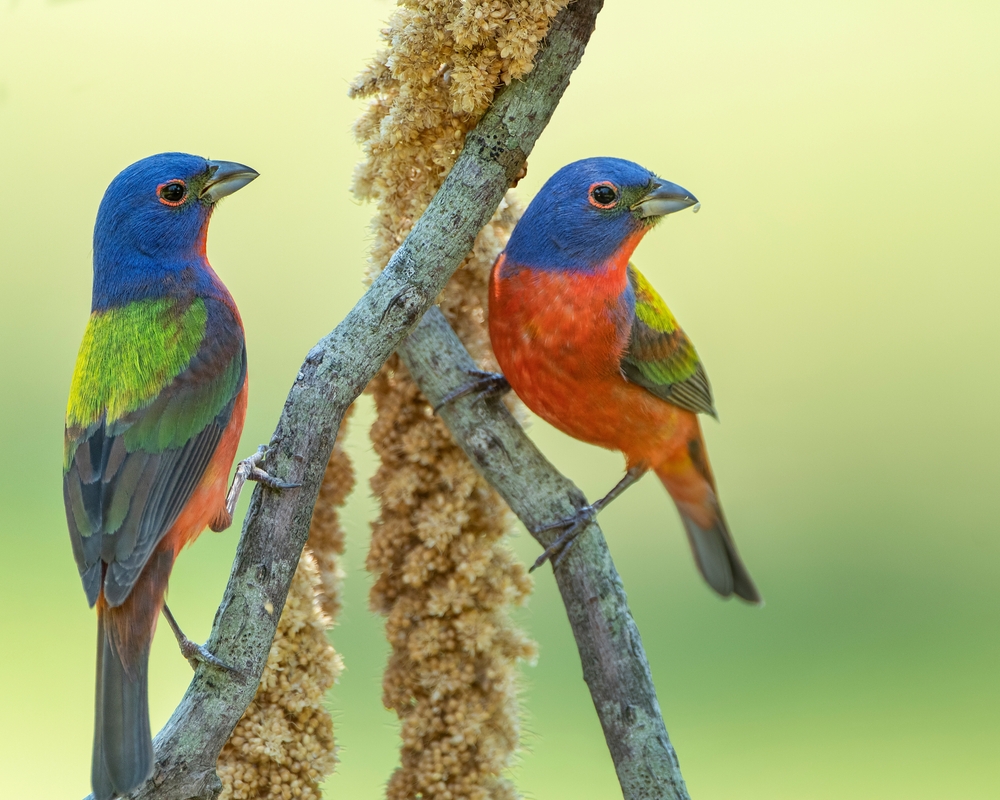
Some bird species practice cooperative breeding, where they work together to raise their young. This collaboration emphasizes the importance of clear communication and shared responsibilities, highlighting the value of teamwork. In human families, shared parenting responsibilities can result in a more balanced and supportive environment. By working together, couples can create a nurturing space for their children to thrive.
Cooperative breeding showcases the benefits of shared effort and open communication. For human couples, this might mean dividing parenting tasks based on strengths and preferences and supporting each other along the way. By communicating openly and sharing responsibilities, couples can ensure a harmonious family life. Following the example of birds, teamwork and cooperation can lead to a thriving family unit.
